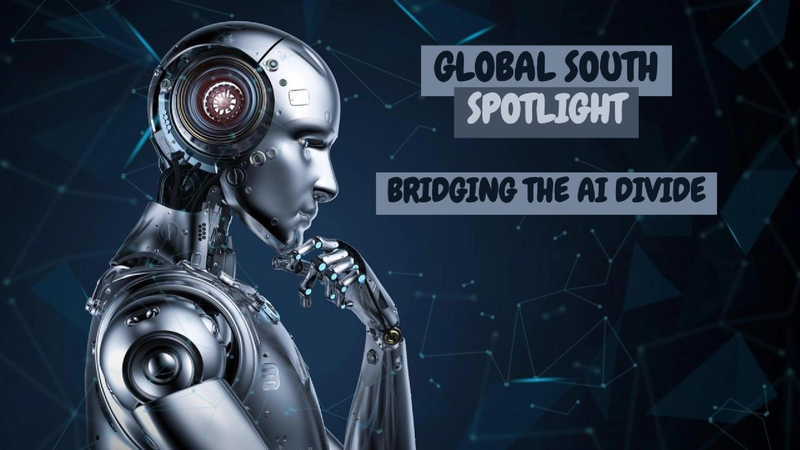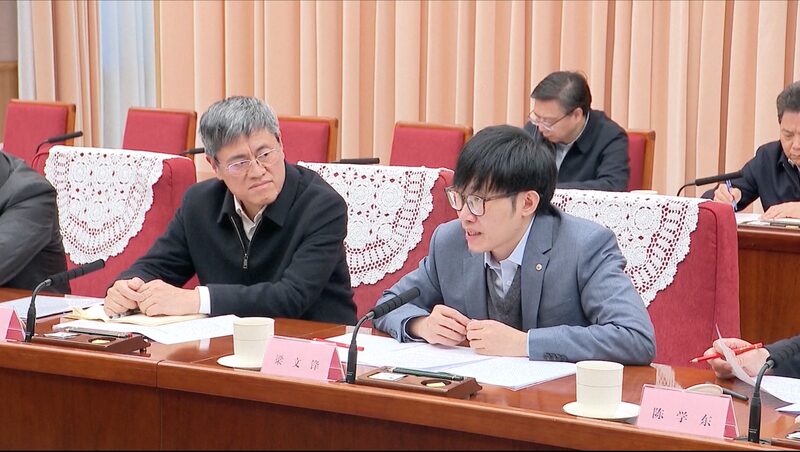Artificial Intelligence (AI) isn’t just transforming Silicon Valley boardrooms—it’s becoming a global battleground for innovation. 🚀 But while tech giants race ahead, nations in the Global South risk being left behind. Enter China’s push for inclusive AI development through partnerships and training programs, contrasting sharply with the U.S.’s recent sanctions on advanced tech exports. So, which approach wins: collaboration or control? 🤖✨
The stakes? Think TikTok meets TED Talks, but on a geopolitical scale. China’s investments in AI infrastructure across Africa and Southeast Asia aim to democratize access, offering funding and expertise. Meanwhile, the U.S. tightens export controls, citing security concerns. Critics argue this could widen the tech gap, leaving developing economies scrambling for alternatives.
Young entrepreneurs like Nairobi-based developer Aisha Mwangi highlight the irony: “AI could solve our healthcare and education challenges—but how do we tap into it without support?” 🌱 Initiatives like the China-led AI for Good Coalition promise affordable tools, but questions linger about long-term dependency.
Here’s the twist: the global tech arena isn’t a zero-sum game. Startups in India and Brazil are already blending open-source AI models with local innovations—think flood prediction algorithms fused with traditional farming knowledge. 🌾💻 The real challenge? Building trust in international frameworks that balance security, equity, and innovation.
As the debate heats up, one thing is clear: the future of AI hinges on whether the world chooses bridges over walls. Stay tuned—this story’s just getting started. 🌐🔮
Reference(s):
cgtn.com





